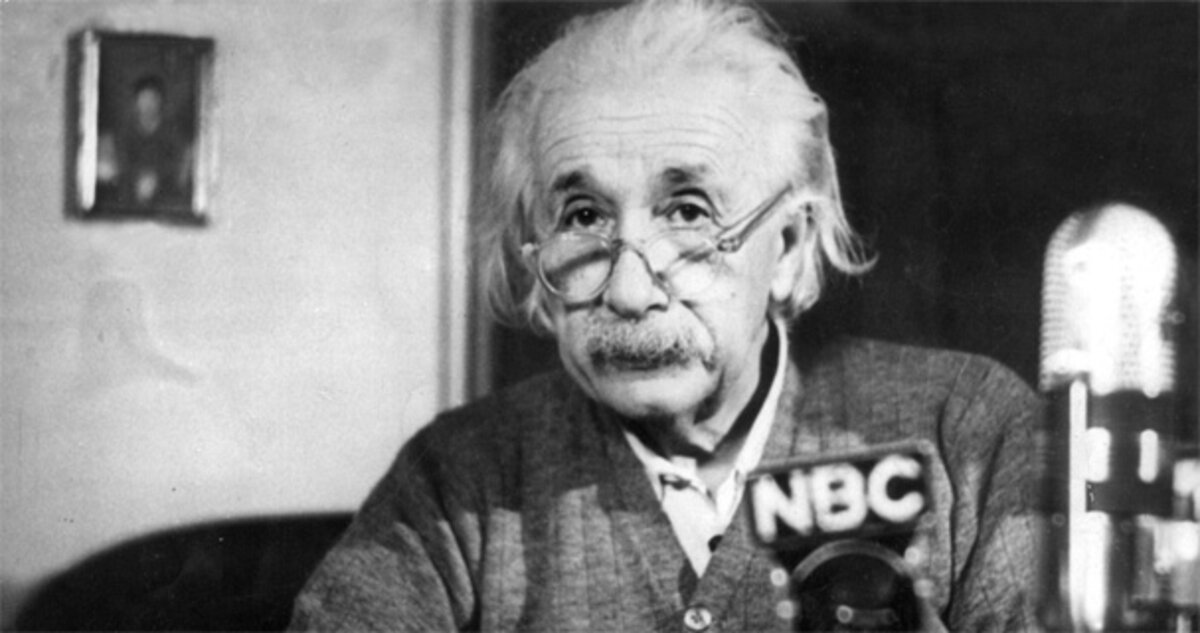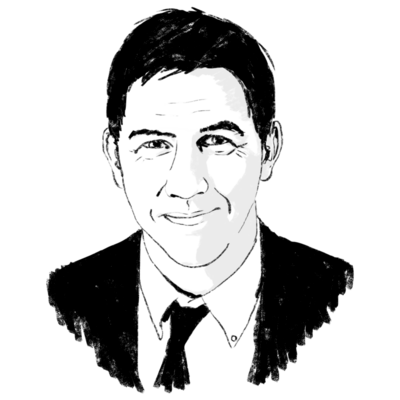Scientists challenge General Relativity. And Mr. Einstein wins again.
Loading...
Physicists assume that the laws they discover on Earth hold true throughout the universe and throughout all time. Their faith is only as good as the facts that support it. That support now is a little stronger.
New data show that a mathematical constant that’s fundamental to our understanding of particle physics remains the same on Earth today as it did half way across the universe and billions of years ago. And an unusual object 1,700 light-years away has verified Einstein’s general relativity theory of gravity with a type of measurement never made before.
Atoms are made up partly of protons and electrons. The ratio of a proton’s mass to that of an electron is one of the bedrock constants underpinning our standard theory of particle physics. If this – or any other fundamental constant – varied from place to place, it would make a hash of that theory. Hence the ongoing quest to test those constants’ universality.
Michael Murphy at Australia’s Swinburne University of Technology and his colleagues found a new opportunity to explore this idea: radio emissions from the energetic galaxy BO218+367 some 6 billion light-years from us. The emissions passed through ammonia clouds in a neighboring galaxy.
They observed how the ammonia absorbed certain wavelengths in the radio emission spectrum to examine the proton-electron mass ratio of the material that emitted the radio waves in the first place. The ratio checks out at approximately 1836.15, just as it does in earthly labs.
“We have been able to show that the laws of physics are the same in this galaxy [BO218+367] half way across the visible universe as they are here on Earth,” Dr. Murphy said.
Technical details of this research were published last month in Science. Last Friday, the journal carried details of a new test of Einstein’s 93-year-old gravity theory, the other main pillar of modern physics. About 1,700 light-years from Earth, two very dense rotating dead stars provided the test as they orbit each other. They are separated by only about twice the distance between Earth and the Moon.
Einstein’s general relativity theory predicts that two massive objects in such a tight orbit should affect each other’s rotation in a specific way.
Victoria Kaspi, the research group’s leader at Canada’s McGill University, calls this setup “the kind of extreme ‘cosmic laboratory’ needed to test Einstein’s prediction.”
Rene Breton, lead author on the research paper, notes that this is the only known case where two stars of this type orbit each other. Moreover, one star repeatedly eclipses the other as seen from Earth.
“Those eclipses are the key to making a measurement that could never be done before,” Mr. Breton says. It’s a perspective that allows the interaction of the two stars to be seen. The measurements verified the prediction of Einstein’s theory.
However, Breton warns, “It’s not quite right to say that we have now proven general relativity.”
For now, the physicists’ faith in the universality of their standard particle physics theory and of general relativity is upheld. They will continue to seek such confirmation. Some will seek it in laboratories such as the new high-energy particle accelerator in Geneva. Others will look to what happened long ago in galaxies far away.




